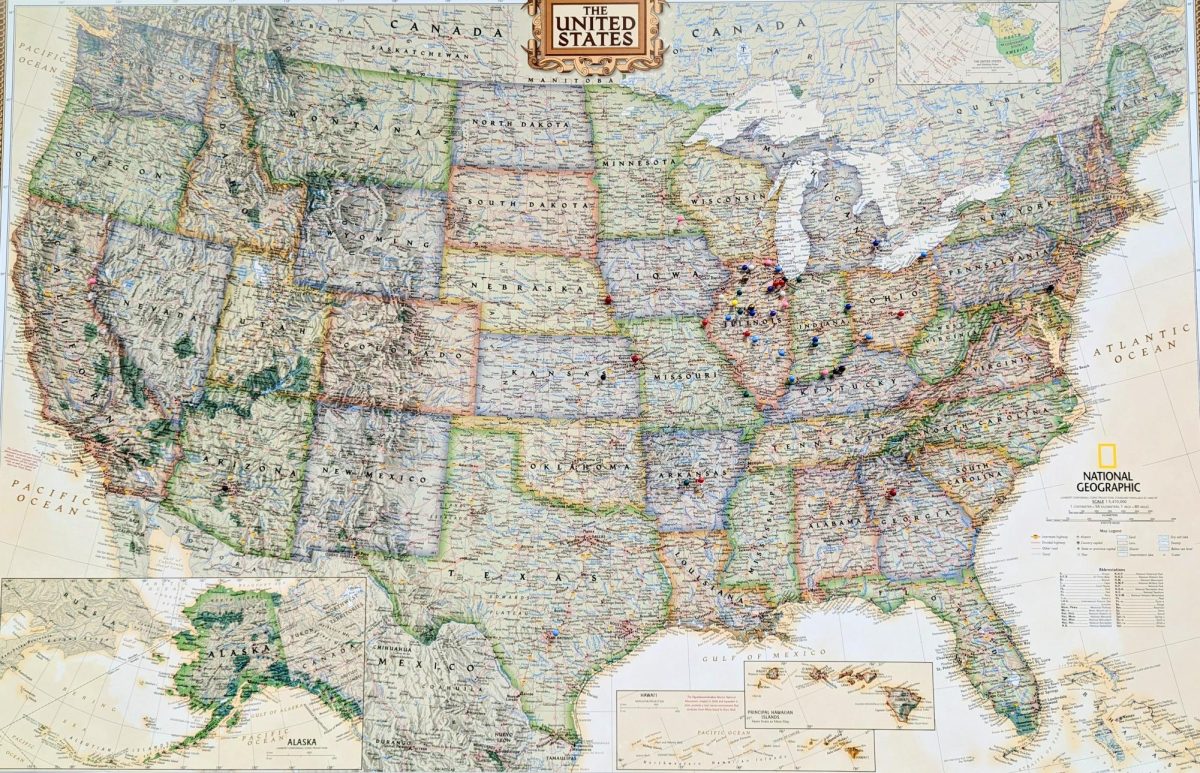Notorious for struggling during development and out of the gate, No Man’s Sky is an impressive game from a generally inexperienced development team. Having infinite worlds to discover that are completely open to exploration, No Man’s Sky takes the open world concept to an entirely new level. After almost ten years of active development, Hello Games managed to create one of the best underappreciated games of the decade.
No Man’s Sky is an open world base building exploration game developed by Hello Games, the studio behind their previous hit Joe Danger. It was released in 2016 after a tumultuous development, initially for Windows OS and PlayStation, but later released on almost all platforms. It was touted as an infinite, procedurally generated universe that you could explore without inhibition, build bases on any planet, anywhere, and it had multiplayer. When it was released, few of these features actually worked, much to the chagrin of the audience who had paid AAA prices and had AAA expectations of the game.
After plenty of time in the shop dropping huge content updates for players, No Man’s Sky has come about to be much closer to what they promised in the beginning. The player starts on a randomly generated planet, and is walked through a tutorial, introducing them to many of the core elements, such as mining for resources, building a base and tools, and even acquiring a ship to travel between planets and space stations.
This tutorial I found to be incredibly helpful while also being almost prohibitively confusing. It might simply be that there are so many systems that the player has to learn almost immediately, making it hard to remember what is in which submenu, where you need to go to craft what items, and how to figure out where to find resources. Or it might be that the starter planet is randomly generated, making the introduction possibly much harder than it needs to be, with sparsely populated areas and a lot of walking.
Walking is one of the more intensive parts of the game. It is hard to balance your oxygen levels anyway, but when running the player uses their oxygen supply at a higher rate, so running has to be conserved as a finite resource. This means getting between tutorial points takes a long time. Walking to the mysterious crash site to discover and build the hyperdrive- the last step required for the tutorial- took almost half an hour with no detours. Well, except to mine resources so the oxygen doesn’t run out.
Another problem with finite resources that the game doesn’t explain is fuel for your ship. It would make sense that if you don’t have fuel, you can’t take off, but the game doesn’t offer any help about this point. Where am I supposed to find more fuel? How do I install it? Which submenu is that under, again? Just for the record, it’s synthesized from sheet metal in your inventory crafting menu, and you install it directly into the ship from its inventory, you don’t have to be inside it.
As an answer to the walking problem, you can call your ship to your location anywhere on the planet. Just in case you get stuck or are far away and simply don’t want to walk all the way back. But watch out- if your ship doesn’t have enough fuel you’re stranded.
There also isn’t enough room in your inventory. This was a much bigger problem when the game was released, and has since been alleviated slightly, but as an item hoarder, 24 slots just isn’t enough. If you are close enough to your ship, you can send some stuff to its on-board storage, but if you are out on an expedition? You have to decide what you’re willing to part with.
It feels like I’ve been railing against this game for an entire page, but I thoroughly enjoy this game. In terms of open world, especially when the genre has been all but dominated by Bethesda, a developer giant with huge, foundational titles under its belt, No Man’s Sky does a fantastic job with it. There are huge planets full of life and uniquely generated terrain, but it is also navigable, which other games have struggled with.
FNAF: Security Breach is a notorious example of a recent ‘open world’ game that managed to get the player lost at every turn. Without a clear way to mark waypoints, important quest destinations, have a compass to orient yourself, or interact with the map in any meaningful way, SB managed to create a walking simulator without a real path to walk on. When I played SB, I spent hours walking in circles under the neon lights of the Pizzaplex.
No Man’s Sky provides a compass at the top of the screen with objective points, compass points, and custom markers displayed on it. You can pull up a scanner that enhances your view of the environment, supplementing it with nearby resource deposits, objective points, and hidden treasures that you would not be able to access otherwise. I thought this tool was incredibly intuitive, and massively helpful. Crafting became a breeze, with the only thing between me and resources being space. It also made it easy to find my ship, which I unsurprisingly lost on more than one occasion- that’s not the game’s fault, I would lose my HUD if I could put it down. Luckily Hello Games knew people like me would play this game, and they redesigned accordingly.
The world generation itself is incredibly cool. Obviously, being procedurally generated means that everything that the player sees is unique to that world. The environment is unique just as the flora and fauna are. As a huge fan of exploration, I never felt like I was stuck looking at the same thing over and over, because if I got bored of the way one planet looked, I could just hop over to the next one. There is a creativity that I feel is often lost when people are making science-fiction creatures, because they want to default to things they’ve seen during the ‘golden age’ of sci-fi, in titles like Star Wars and Star Trek. There was love put into the creative work in this game, which is a direct result of being from such a small, passionate studio, and the player can see it.
Flying the ship is also an amazing experience. It is easy to learn, can really speed up your travel times, and is fully manual, so you can fly around the planet without having to exit and reenter the atmosphere. In comparison with Starfield, Bethesda’s brand new open-space open-world game that released just last week, September 5th, whose fight system is incredibly unintuitive and difficult to learn, it feels like the system was designed with the player in mind, rather than technical showmanship. And, as a bonus, when you go really fast, there’s a rainbow aberration across the windshield, which really immerses you in the fun of it and makes you excited to arrive on the next planet or explore the vast reaches of space. It isn’t bogged down by the gritty realism that gaming and media on the whole has been knocked into in recent years.
The short of it: No Man’s Sky is a beautiful game with great gameplay. Hello Games overcame an almost insurmountable amount of struggles during development to break into a genre of game dominated by other older, much more established development studios, and they created something that is beloved by players all over the world.






















